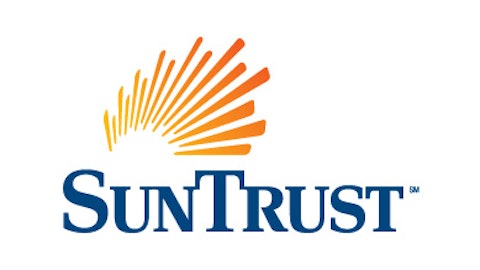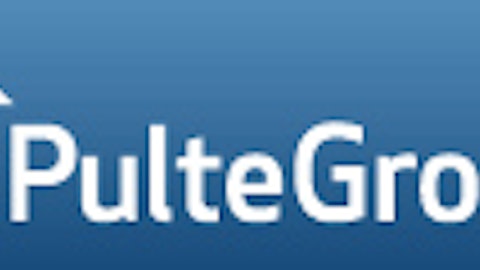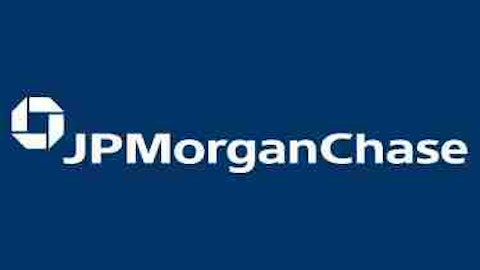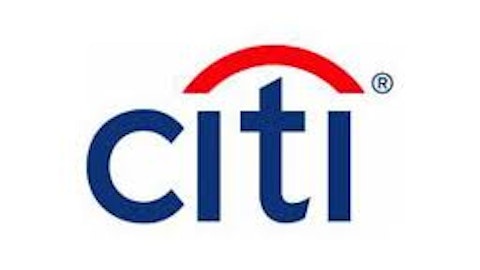The six largest banks have disclosed their performance of the second quarter of the current year. While the performances, with regard to their headline, remained better-than-expected for all the banks, this article will feature major trends seen in the latest financial disclosures and attempt to see how the changing macroeconomic environment will create opportunities or headwinds for the US large cap banks.
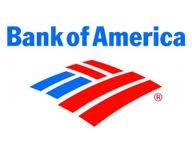
Revenue environment remained challenging
While the headlines (top and bottom line) remained above expectation for most of the large cap banks in the US, in reality banking performances remained mixed with varying degrees of quality. The revenue environment remained challenging, although some banks were able to post an increase in their fee based incomes. JPMorgan Chase & Co. (NYSE:JPM) reported 30% increase in its fee based income over the prior year. Bank of America Corp (NYSE:BAC) reported a 2% decline, while Citigroup Inc (NYSE:C) posted a 6% increase over the same time period.
Further, improvements in capital markets supported Bank of America Corp (NYSE:BAC), JPMorgan Chase & Co. (NYSE:JPM) and Citigroup Inc (NYSE:C)’s performances over the prior year. These three largest banks also posted the largest pre-tax pre-provision growth over the prior year driven largely by better trading and investment banking fees.
Generally, mortgage banking results at the aforementioned banks was mixed with modest declines in originations and flattish gain on sale margins. Net interest income remained under pressure as loan growth slowed due to climbing interest rates.
While the banks have been focusing on controlling costs, declining expenses was not the story this quarter. However, I believe effective cost control will be a key differentiator of profitability in the coming quarters.
Credit costs
Lower credit costs were among the most dominant trends visible during the recent financial disclosures. Declines in net charge-offs were fairly broad-based driven by improvement in home equity, residential mortgage and commercial real estate loans. Provision expense declined 31% over the linked quarter.
Capital positions
This time around, most of the banks disclosed their supplementary leverage ratios. As of June 30, Wells Fargo’s capital ratio exceeded the 5% minimum, while Bank of America Corp (NYSE:BAC) and Citigroup Inc (NYSE:C) were at 4.9%. In the meantime, JPMorgan Chase & Co. (NYSE:JPM) reported a ratio of 4.7% with compliance expected until year-end 2015.
Book values
Given the increase in interest rates, most of the banks saw a negative impact on their accumulated other comprehensive income. Despite that decline, book values remained flat relative to their linked quarter. Citigroup Inc (NYSE:C) reported a 1.6% decline in its book value over the linked quarter, while Bank of America Corp (NYSE:BAC) reported a flat book value. JPMorgan Chase & Co. (NYSE:JPM) reported 1% increase in its book value over the same time period.
In addition, tangible book value increased 4% over the linked quarter. Bank of America Corp (NYSE:BAC) was the only bank that reported a modest decline of 1% in its tangible book value.
The future of these banks
The future for the three banks considered in this article is rough. Higher interest rates are one of the main reasons why JPMorgan Chase is concerned. Rising mortgage rates can cause the bank to report a 30% – 40% decline in its mortgage lending volumes, while the continued pressure on the bonds market is creating further headwinds for the bank. In such a scenario, cost-cutting is one of the main factors that could help JPMorgan Chase to outmaneuver upcoming challenges. So, the current challenges make me bearish on JPMorgan unless a definite cost-cutting program is announced.
The story is not very different for Bank of America Corp (NYSE:BAC). Bank of America is also facing the risk of a significant decline in its mortgage business due to rising mortgage rates. Rising mortgage rates threaten the bank’s elevated refinancing volumes. However, on the positive side, the bank’s management expects to further decline its operating expense to $2 billion each quarter. I believe if the bank reaches its target, it could offset the 5% decline in mortgage application pipeline. The bank’s capital position is not in any immediate trouble as well. So, I am bullish on the stock.
Citigroup Inc (NYSE:C)’s investors should also be prepared for the headwinds coming ahead. According to an article on Reuters, a decline in the debt underwriting volumes is expected driven by rising bond yields. Also, profits from emerging markets could be expected to come down as growth in these economies slows down. Since Citigroup Inc (NYSE:C) has a large presence outside the US, it would be affected the most due to the slowdown in emerging markets. Also, a significant currency translations risk persists for Citigroup due to its large presence outside the US. So, I am bearish on the stock.
Conclusion
While JPMorgan Chase & Co. (NYSE:JPM), Bank of America and Citigroup all reported better-than-expected headlines for the second quarter, only one has a bright future ahead. While JPMorgan Chase & Co. (NYSE:JPM) is faced with headwinds from rising bond yields and rising mortgage rates, Citigroup is faced with increased risk from its international presence. In contrast, Bank of America has a solid cost-cutting plan and its management is doing everything to achieve its targets, in order to offset the expected declines in its mortgage banking. So, I am bullish on Bank of America.
Adnan Khan has no position in any stocks mentioned. The Motley Fool recommends Bank of America. The Motley Fool owns shares of Bank of America, Citigroup Inc (NYSE:C) , and JPMorgan Chase & Co (NYSE:JPM). Adnan is a member of The Motley Fool Blog Network — entries represent the personal opinion of the blogger and are not formally edited.
The article Banking Trends to Keep an Eye On originally appeared on Fool.com is written by Adnan Khan.
Copyright © 1995 – 2013 The Motley Fool, LLC. All rights reserved. The Motley Fool has a disclosure policy.
